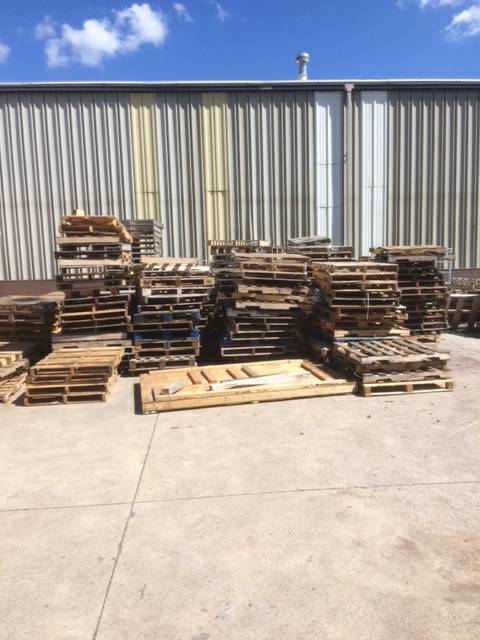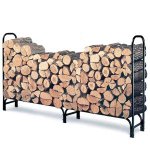Before you figure out what types of tools to bring to cut your free firewood, think about where you will be cutting the wood. You can cut wood with some electric tools, but you’ll obviously need to be near an outlet to do that, or have battery powered tools.
For your convenience, I've linked the images below to the Amazon pages for those tools. I have an affiliate relationship with Amazon, so buying a tool on Amazon through the links below won't cost you anything additional, but will help keep this site up and running.
Location
The best place to cut your firewood is as close as possible to the place you are going to stack your wood for storage. If you cut your wood all over the place, you will have to gather up wood twice: Once when you are picking up your free firewood, and the second time after you cut it. If you cut right where you are planning on stacking the wood, you’ll handle your wood less and be able to stack it up faster and get back to doing things you want to do.
Tools
Chainsaw
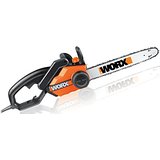
A chainsaw is the tool of choice for cutting firewood. Electric and gas powered models are available. If you are cutting wood which may have nails, wire, etc. choose another tool such as a reciprocating saw.
Chainsaws can be intimidating. One thing to remember is to always stay out of the path of the bar should it kick back. A kick back can occur if you use the upper half of the tip of the bar, so always cut with the straight top and bottom of the bar
Holding the wood well is important when you are using the chain saw. Have a friend hold the wood, or use one of the wood holders below. Having the wood held well will also prevent the temptation to hold the wood in one hand and cut with the other.
Eye and ear protection is important when using a chainsaw.
Chainsaws used to be expensive, but now the smaller electric models that you'd use for cutting free firewood or pallets are only about $100.
Reciprocating Saw
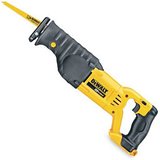
If you are able to bring your free firewood home on a trailer or a pickup truck and have a lot of smaller limbs and branches, and don’t have access to a chainsaw, a reciprocating saw would be a good choice to cut the wood with. The reciprocating saw will cut the wood a lot slower than a chainsaw.
You will want to choose a good demolition blade if you go this route. This will cut wood fast, nails and all. A reciprocating saw may also be a good choice for you if as it can serve double duty around the house as a general purpose electric saw as well as your firewood saw.
Reciprocating saws are going to run you about the same amount of money as a good chainsaw, but will require less maintenance time and be a little cheaper to maintain as you do not need to purchase or sharpen chains, you can just buy a pack of blades.
Circular Saw

Circular saws are good mainly for cutting slab wood or other wood that is flat. I would not try to cut branches or lots of round wood with a circular saw. You are also limited as to the size of wood you will be able to cut. If your wood is over 3-4” thick, you will not be able to cut it with the circular saw safely.
Again, a circular saw costs about the same as an electric chain saw. If you have chores to do around the house, it may be a good starting point as it will perform double duty, just like the reciprocating saw will.
Splitting Tools

Any wood thicker than 3-4” thick should be split for faster drying and easier burning. There are splitting hatchets, mauls, and axes available that can help you split up your firewood.
A splitting hatchet is shown to the right. It will do a good job if you are splitting a lot of smaller pieces of free firewood. If you have a lot of wood splitting to do, try one of the newer Fiskars axes, or get a good old splitting maul.
Stands
When cutting your wood, it’s important to keep your wood off the ground. No cutting or splitting tool, be it circular saw, reciprocating saw, or axe, does well when it is run into the ground.
Firewood Cutting Rack

A firewood cutting rack will hold a lot of branches, limbs, or slabs vertically. If you have gathered up a bunch of free limbs and branches for firewood, this is your best be to cut the firewood up very quickly, as you can cut dozens of limbs at once, safely.
You do not need to re-load the rack after each log, so you can run your chainsaw continuously, and turn it off when it is time to re-load the rack. The T-Post design of the BranchBuck, shown to the right, also securely holds the firewood cutting rack in the ground, so it cannot tip. A rack full of wood can yield an entire face cord of wood in about 10 minutes of cutting. Since the entire rack comes apart, storage is fairly easy and the parts can hang on a wall in your garage or workshop.
If you are cutting pallets for firewood, a firewood cutting rack could help you hold the pallets for cutting one way, and then you could stack up the remaining pieces to cut the pallets the other way.
Pallets
Shipping pallets are a good choice to cut wood on. They will keep the wood off the ground, and are made of wood so if you accidently run your saw into the pallet, it won’t matter too much. The spaces between the boards also are convenient to help you hold round limbs or branches for cutting, as the limbs will not roll. The only problem with pallets is they are close to the ground, so they will require you to bend over a lot while you are cutting.
Sawhorse
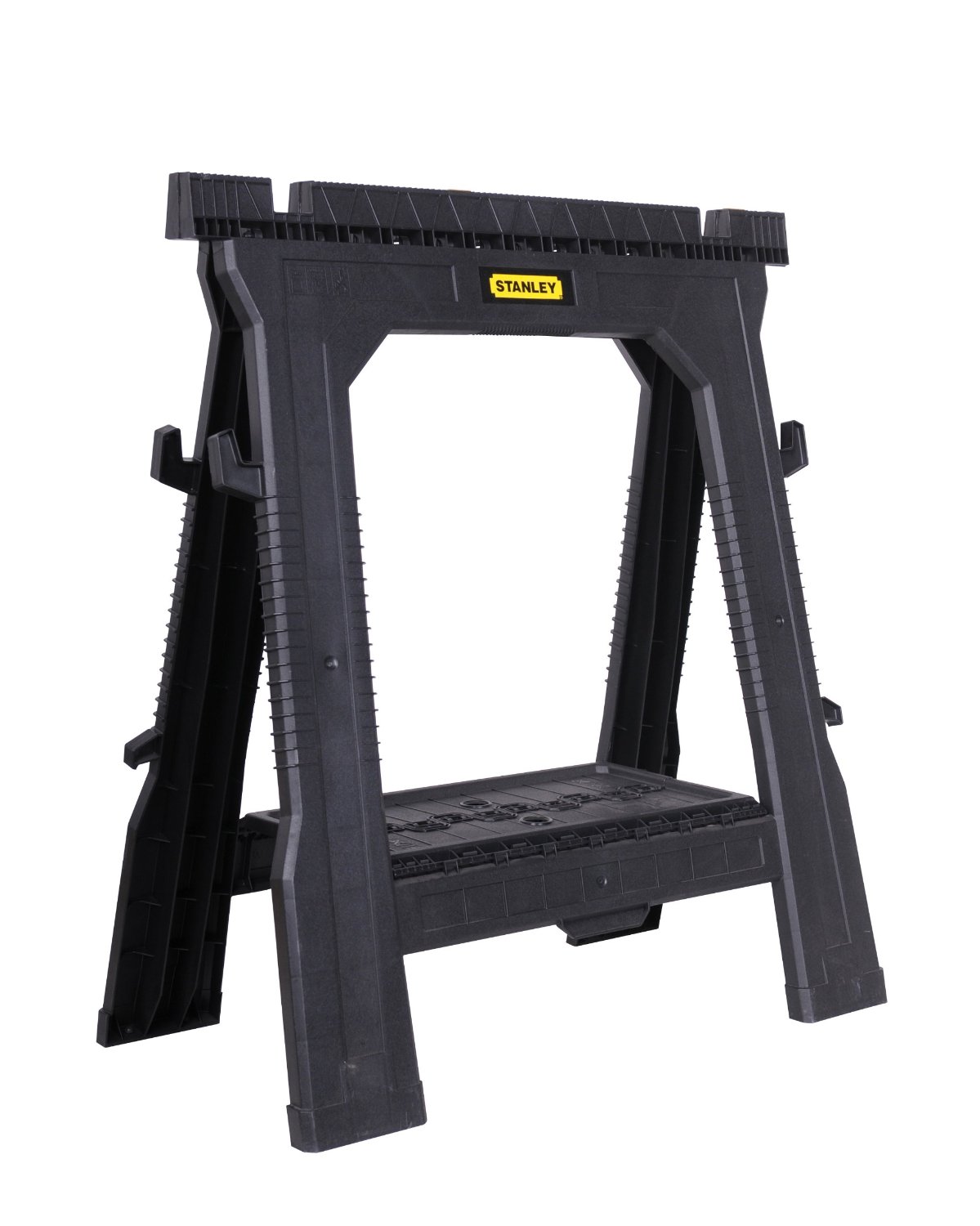
Sawhorses are useful for cutting flat pieces of wood such as scrap boards, or slab wood. They will hold wood at waist level so you aren’t doing as much bending over.
A sawhorse is really of limited use when cutting free firewood as it can only really hold slabwood, or you will need to rig up what basically amounts to a sawbuck to cut multiple branches.
While the firewood cutting rack, and multi- and single-log firewood sawbucks are single purpose tools, the saw horse is a multi-use tool that can be used for more than just cutting firewood. You can hold boards to cut, or set up a makeshift table with a pair of sawbucks.
Multi-Log Firewood Sawbuck
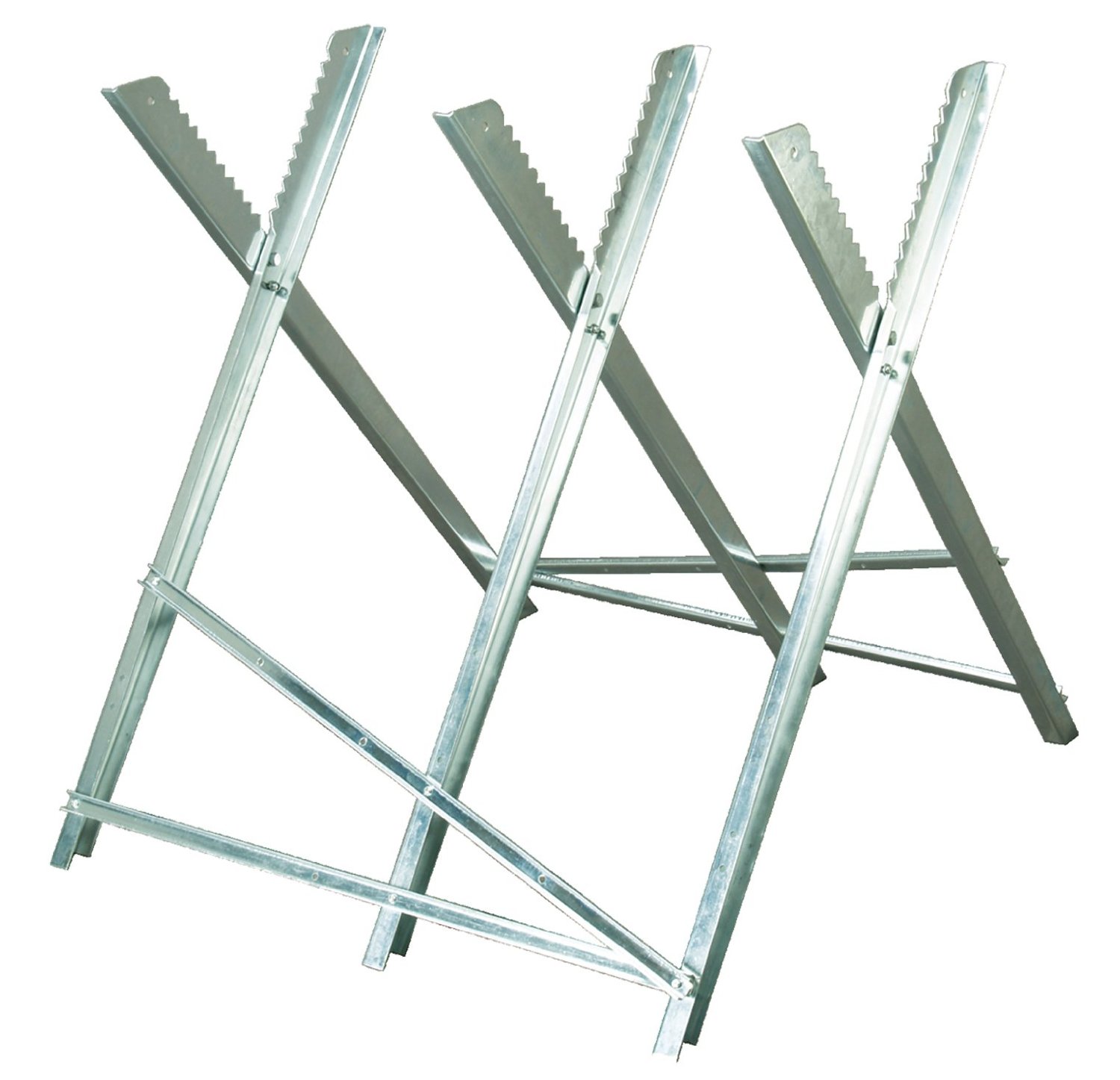
A sawbuck is similar to a saw horse, except it is X shaped rather than flat on top. This will help you to hold round pieces of wood, but it will only hold one or two logs a time. There are a few options available, both pre-built and home made.
A Steel X-Type Sawbuck is also great for relatively large, short logs. You will need to be able to lift the log into the sawbuck, and you will need to balance the log as you cut it to prevent the sawbuck from tipping. Most steel X-Type sawbucks fold, allowing you to easily store and transport the sawbuck to your firewood source.
Single Log Firewood Sawbuck

Single Log Firewood Sawbuck provides you with a means of getting a large log off the ground for cutting. The log is held to the sawbuck with a chain, which must be reset with each log. While you are cutting, you will need to walk back and forth to each end of the log so the rack does not tip over. This type of rack folds as well, which makes storage fairly simple.
If you are cutting many small branches or limbs, the Single Log Firewood Sawbuck will probably slow you down. In this case it would be much better to go with a firewood cutting rack like the BranchBuck shown above.
Cleaning Up
After you are done cutting your wood there will be a lot of leaves and small twigs to clean up. One way to get rid of these is to have a small fire going in a burning barrel. This can also help keep you warm if you are cutting firewood in the late fall.
Sawdust
Sawdust from your cutting is a great supplement for your garden soil in small quantities, or larger quantities if you have blueberries. It can also be used as a mulch in your garden.





